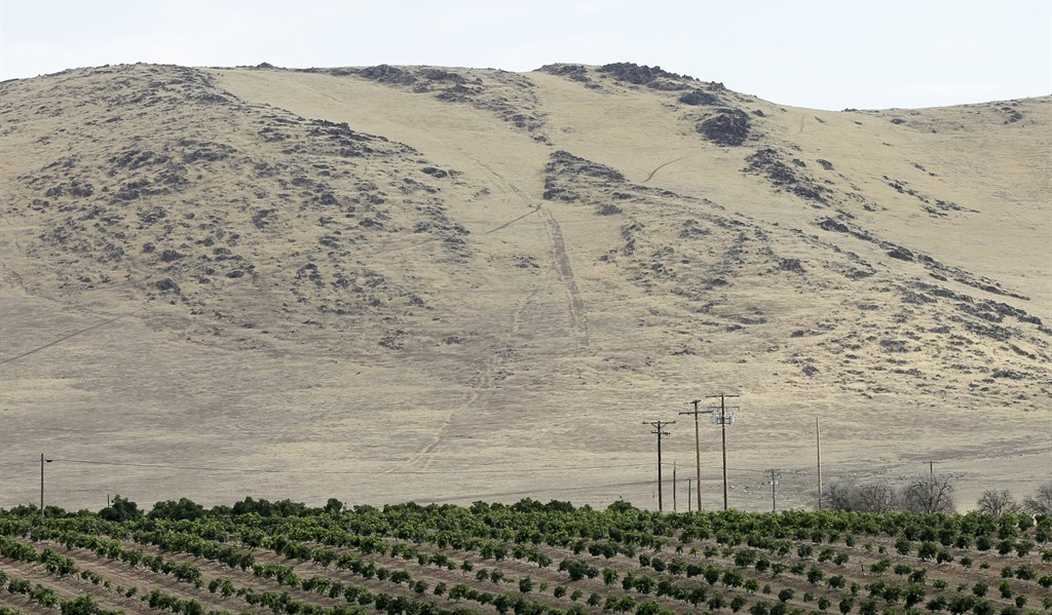When I lived in North Dakota, I was amazed at how much the state focused on China’s economy and more importantly, the demand for wheat back in 1981. It was part of a trend that began in the 1930s when exports were only 2% of the farmer’s income. Since then, American farmers have come to rely on exports big time, particularly in recent years.
Last year saw Canada reclaim the top spot as an export destination, but China expects to return to the top as their economy improves.
Even as exports declined and imports increased, 2015 saw a $19.5 billion surplus in agricultural trade.

There are only 2.1 million farms in America. And they still carry a fair amount of political weight (see Iowa politics). In addition, they are also coming under more pressure for the massive amounts of taxpayer subsidies that are paid out, often lining pockets of the so-called big corporate farms. From 1995 to 2014, American farmers received $322.0 billion in subsidies via commodity payments, crop insurance, disasters, and other financial relief programs.
For a nation that grew up on Farm Aid concerts and hearing horror stories about those that feed us, helping was never a question. More recently, however, the amounts have many thinking that the generosity has gone too far.
This year, it’s estimated that farm subsidies will climb to $13.9 billion +31.4% from 2015 and the highest number in years. Of this amount, it includes the following:
- $9.1 billion in counter-cyclical payments/payment prices, loss coverage, and agriculture risk coverage
- $3.6 billion in conservation programs
Recommended
If the nation ever gets serious about government spending these subsidies will come under greater scrutiny. Of course, like so many other issues, the economy is hurting Main Street and squeezing the government, even with its propensity to spend more than it takes in, which includes the global economy and or the domestic economy.
Certainly, it would be better for farmers and taxpayers to export more products instead of leaning on subsidies. There isn’t much we can do to control demand outside of America. The fact is that currency swings will never make up for the true organic demand that moves the needle.
Exports
This is why the notion of full-blown trade wars has to be thought out and planned to perfection. It’s why anyone that thinks trade wars are a good idea should be honest about the real-life damage. There is no doubt we need to be tougher, and there is no doubt we are hooked into the rest of the world in so many ways. If losing millions of jobs to create millions of jobs sounds like it would be wise or smooth- think again.
China Commodity Demand Increases in March
- Soybean +36%
- Copper +39%
- Crude +13%
Top U.S. Exports to China
- Soybean $15.0 b
- Cotton $3.4b
- Passenger Vehicle (small engine) $3.0b
- Cooper Materials $3.0b
- Passenger Vehicle (large engine) $2.2b
- Electronic IC $1.7b
- Corn $1.3b
- Coal $1.2b
Four of the top ten U.S. to China export products is commodities, and three are agricultural with soybeans leading the way.
US Soybean Export |
|
China |
$14.8 billion |
Total Export |
$24.2 billion |
Demand from China has made billions of dollars for American farmers, and while I am not sure where or how they fill the void, certainly a trade war means trouble for these farmers.

The biggest issue for the world is getting economies moving. If there are dominoes tripped into place like those that fell in the aftermath of Smoot-Hawley, their consequences will be devastating for all.
Let’s get tougher on trade, but let’s not commit suicide.
When we enter the 2017 Trade War, there will be a lot of damage in many areas; perhaps none will hit like American farmers.


























Join the conversation as a VIP Member